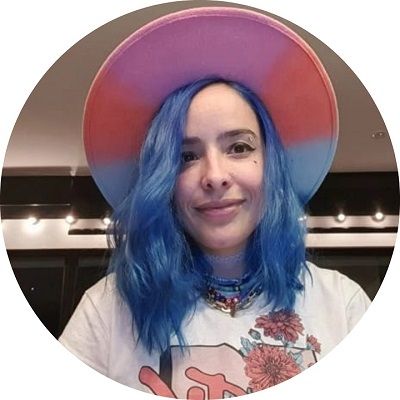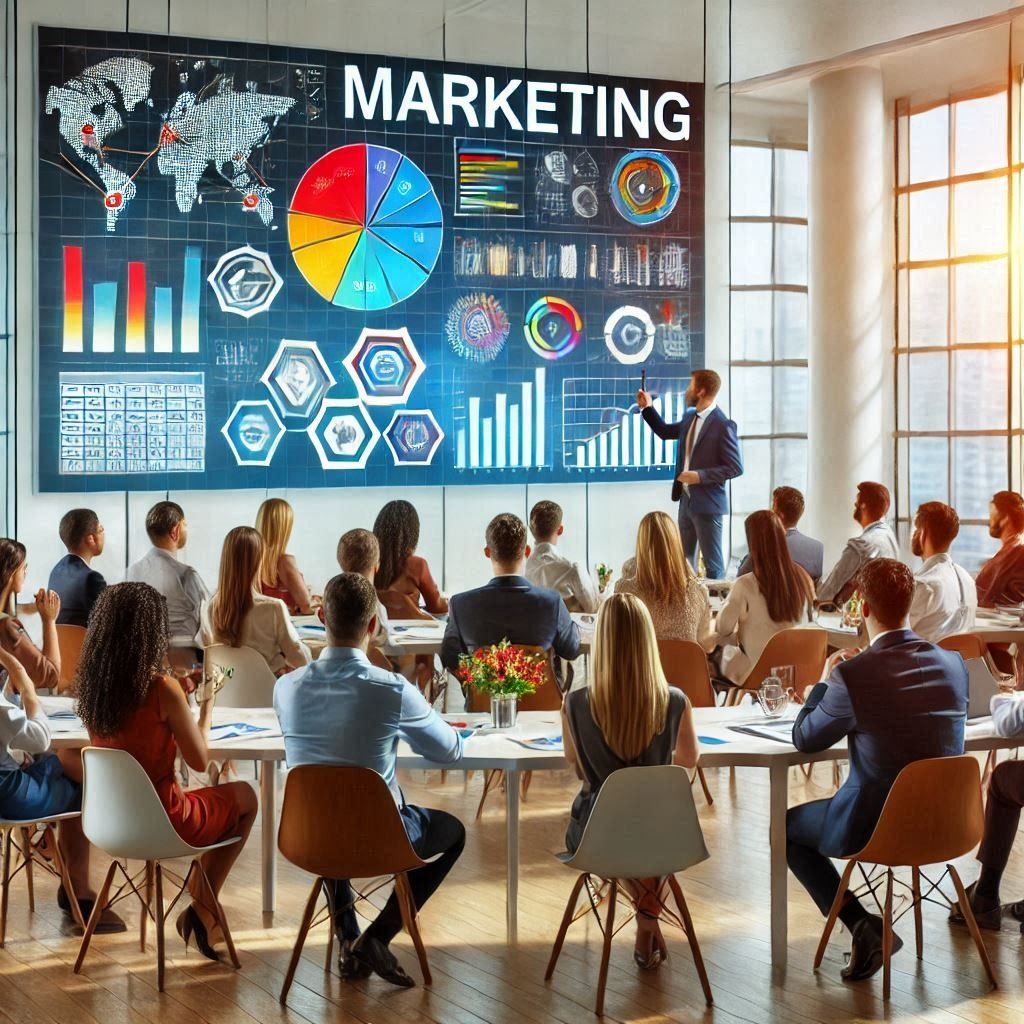Becoming an expert leader in LinkedIn goes beyond having an optimized profile, one essential aspect of the process is finding and deeply understanding the audience you are going to target. You can make incredible content and publish constantly, but if you are not targeting an audience with the right interests, you will not achieve your strategic objectives.
But, how do you find your community on LinkedIn? The first step is to ask yourself what type of profiles you want on your network: these must be related to your territory and work, but you also need that within your contacts there are other opinion leaders who speak about specific topics of your industry.
For example, if your business deals with sustainability topics, you will need to have within your contacts people who are interested in this subject, and additionally, you will have to connect with top voices that have a certain reputation in the industry.
By doing this you will be able to identify which is your possible community and which are those relevant contacts that can boost your reputation within the platform, that is, you will be able to recognize your field of influence, which will allow you to take each message to the correct audience.
One of the most important steps, after having a notion of your field of influence, is the tone of communication that you are going to use, since you must understand your community to know which is the most effective way to speak to them.
Build your field of influence on LinkedIn
As in any strategy, it is important that when building your field of influence on LinkedIn, you define your objectives; and these are two main one:
The first one is related with the role of expert leader on LinkedIn and is to position this profile to interact with the target audience, and in this way, convey your expertise, your commitment with the industry issues and, lastly, but very important, humanize the brand.
The second objective is focused on the audience, and in this, it must be defined who we are going to address. Some examples of profiles and objectives are:
- Connect with opinion leaders that allow you to build valuable relationships.
- Find allies to generate mentions and be able to transmit the message to a broader audience.
- Connect with C-levels and or profiles related to your industry.
- Discover collaborators and atop voices of related subjects to interact with them and increase the reach of each publication.
Now, having this clear objectives, you must follow four steps that will allow you to build your field of influence on LinkedIn:
- A defined community
Although we already spoke about the fundamentals of understanding which community you are going to address, we return to this topic here, since it is crucial that you identify and connect with similar profiles, opinion leaders, possible allies, entrepreneurs and industry authorities.
- Make yourself visible on LinkedIn
It is important to understand that LinkedIn is a social network, so active participation on the platform is necessary. How to do it? Interact and comment on posts of similar profiles, join conversations in groups related to your personal brand, and above all, show your community through comments what you know about your industry and show them why your expertise is so valuable.
- Valuable content
If you want to connect to your network on a deeper level, you must create and share valuable content that answers the needs and questions of your community. Remember to use different formats on your publications, as audiovisual allows you to obtain more recognition and recall.
- Humanize your brand
Being an expert leader means that people perceive you as a role model thanks to your knowledge, and the most effective way to do this is by developing an authentic and human communication. Define your tone of communication to create differentiating messages that really connect with the audience.
Identify your brand archetype
When building your field of influence you must consider that people respond more effectively to publications that generate emotion, which is why it is important to know your community: they are the ones who give insights about the content you should post.
But although the content is essential, you also need to take into account the tone in which you are going to transmit it: do you want to be seen as a hero and inspiration to others? or maybe as someone who takes care of people through advice and solutions?
To define the tone of communication, you can base yourself on the 12 personality archetypes of Jung, and from there break down your entire content strategy. This will allow you to give your personal brand its own identity, with which your community can identify.
Recommendations to nurture your field of influence
Building your audience and your field of influence is a task that must be developed continuously, since it is ideal for your network to be constantly growing. Therefore, I give you some tips that will help you in your process of being an expert leader on LinkedIn.
- When you are not sure of establishing a connection with someone in particular, you can follow their profile instead of sending a request. That way you can identify if it is relevant for your industry.
- Remember that LinkedIn is a platform for building professional relationships, so you need to make sure you present yourself with a clear message when you send a direct message or note to connect with a profile.
- ¡Be part of the community! By subscribing to newsletters or groups you can stay updated on the trends and news of your industry.
- Take advantage of the functionalities of LinkedIn and search for people through keywords, job titles or geographic location. Likewise, you can use hashtags to find publications and relevant people concerning a particular topic.
Start building your community on LinkedIn and take advantage of this valuable social network to make your personal brand grow and develop an Influence Marketing strategy that benefits your business. Remember always that a human and authentic brand will allow you to create valuable connections for your benefit.






